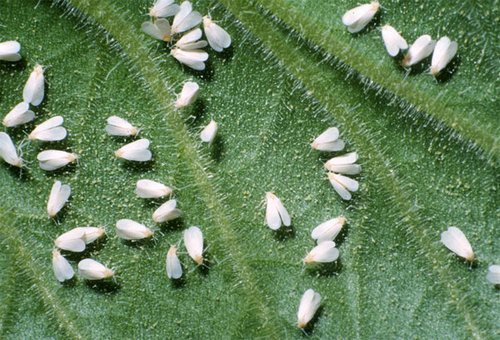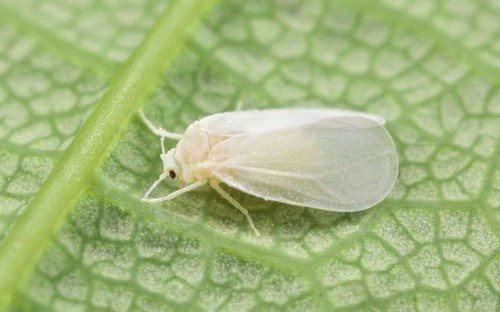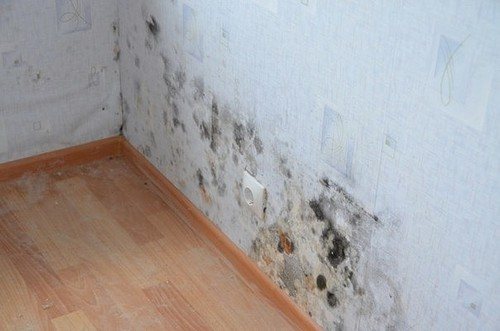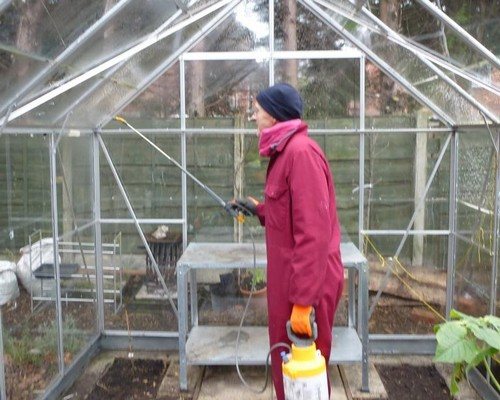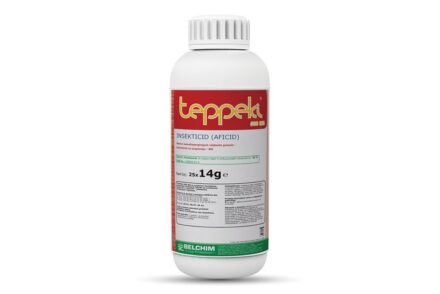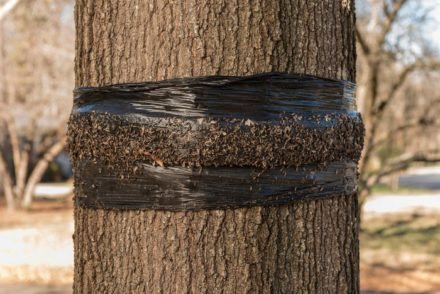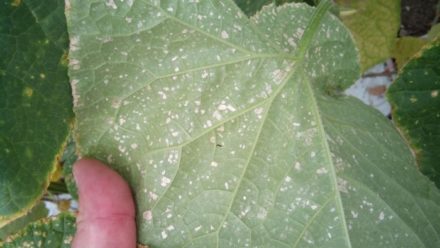Various parasites often become the scourge of tomatoes in greenhouses. Due to the fault of harmful insects, the crop is reduced or completely destroyed. One of these species is the whitefly.
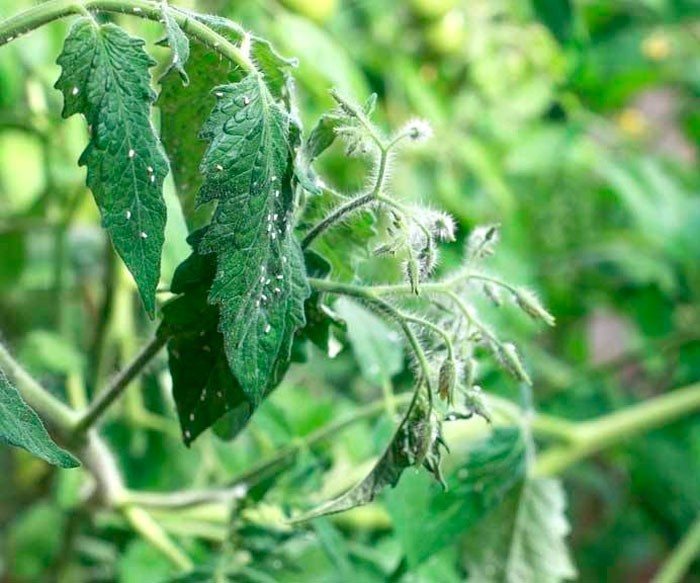
Factors that can lead to the appearance of an insect
Usually, the gardener himself, out of ignorance, provokes disease in the plantings in the greenhouse. The factors causing the problem to arise include:
- densely planted bushes;
- lack of ventilation;
- watering at high humidity;
- refusal to use biostimulants;
- untimely application of fertilizers.
Each of the options described, or a combination of them, can lead to a pest problem.
The combination of high temperature and humidity promotes accelerated development and an increase in the insect population.
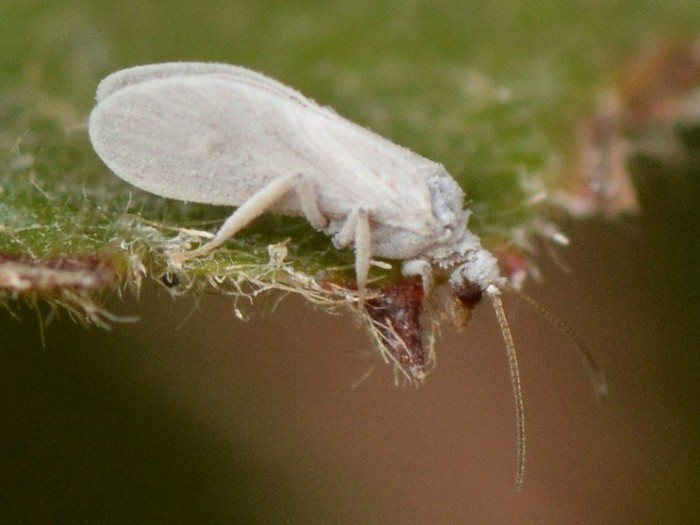
Moth recognition
It is not difficult to see the whitefly; it reaches 3 mm in size. Its distinctive feature is its whitish wings, as if powdered with chalk. The midge itself and its larvae feed on plant sap. Located on the bottom surface of the sheet. To detect it, just shake the branch and the moth falls off.
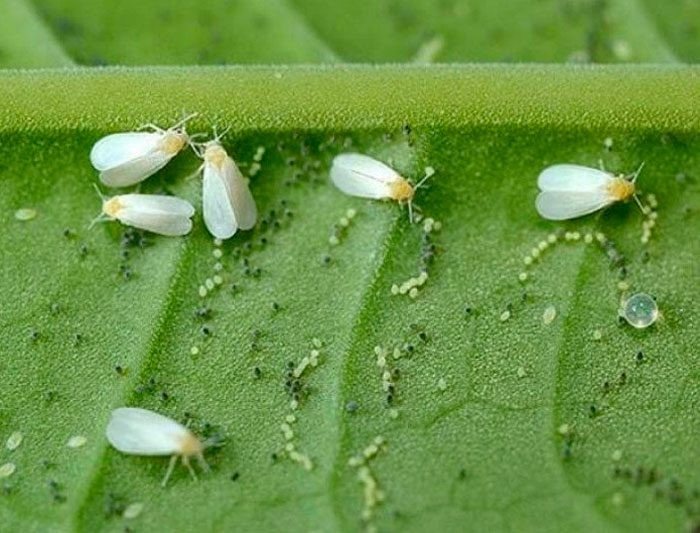
Indirect signs of the presence of a parasite:
- leaves curl and turn yellow;
- become covered with spots;
- A sticky coating forms on the inside of the leaf plate.
Methods of disposal
There are several directions for exterminating the pest.If the moth has just appeared and the gardener does not want to use poisons and chemicals, you can use traps. There are many ways to make them, let’s focus on popular devices.
Duct tape
Fly tape can be a good help. Purchased at a hardware store. It is non-toxic and does an excellent job of killing whiteflies.
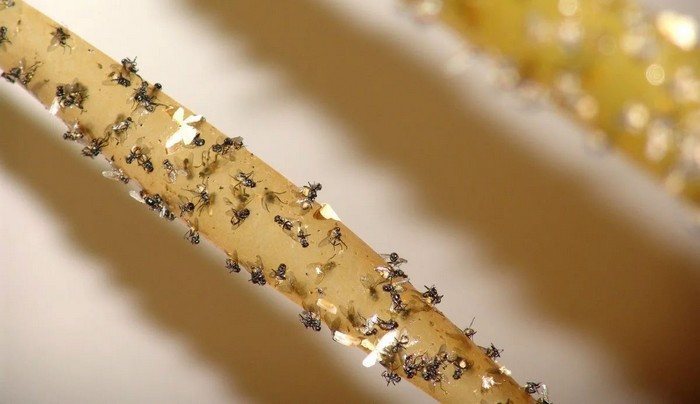
Catching a moth with light
The trap is quite primitive, but with its help you can get excellent results. It is made from a plastic garden box, a piece of foil, an electric carrier with an incandescent lamp and a socket.
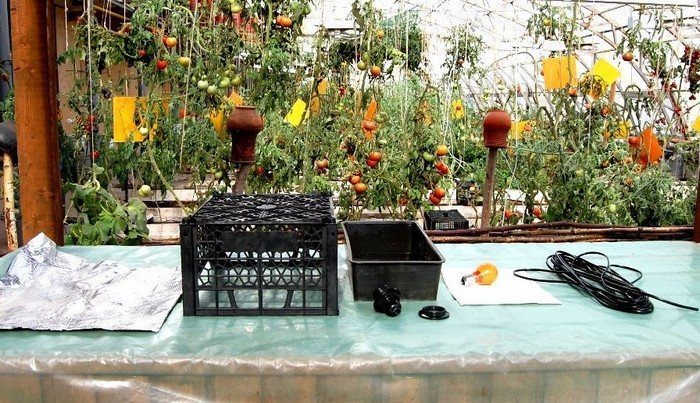
Step-by-step instruction
The box is turned upside down. Cut a hole for the lamp socket. Then the inside is lined with foil. They also strengthen it on the walls, leaving gaps between the trap and the surface.
The structure is connected to the power supply. Insects attracted by light die from high temperatures, as they are unable to leave their places of captivity. Clean the insides of the box every 1–3 days.
Chemicals for control
There are preparations for single treatment of tomatoes or repeated spraying. Let's consider both options.

For single use:
- Confidor, consistency 20%. Dilute 0.1 ml of the drug in a liter of water.
- Fufanon, saturation 57%. Dilute 1.5 liters of water with 1.2 ml of liquid.
Double spraying:
- Pegasus with a density of 25%. The interval between applications is a week. Ratio for solution: per 1 liter of water - 2 ml.
- Verticillin F - 20 ml of the drug per liter of water. Wait 10 days between treatments.
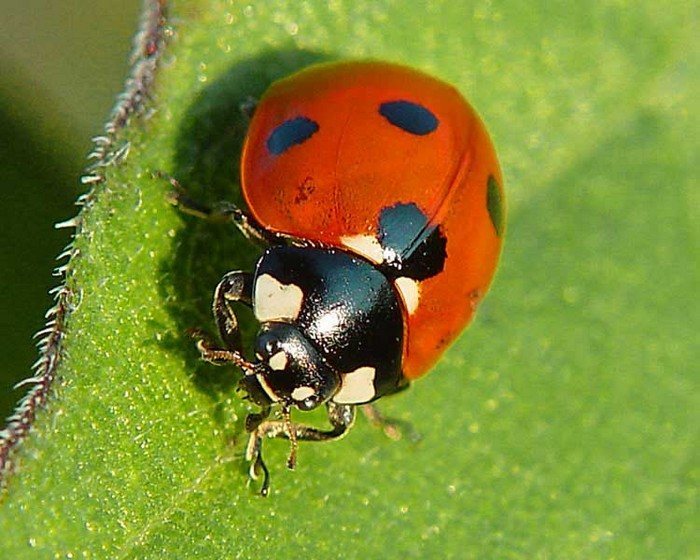
In the West, they are gradually moving away from treating plants in greenhouses with chemicals.Gardeners prefer to counteract pests with the help of natural enemies - other insects. For example, ladybugs, parasitic wasps, and lacewings are released into the premises.


